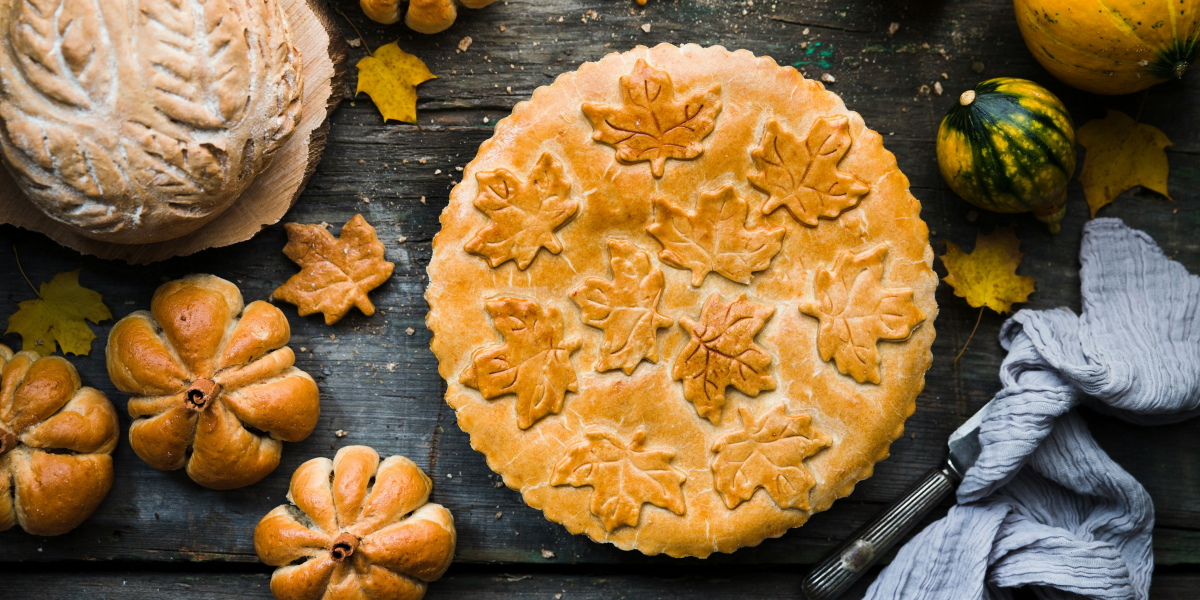Sustainable Living in Denver: Green Initiatives and Practices
Denver is widely recognized as one of the most environmentally conscious cities in the United States. It has a strong commitment to sustainable living and green initiatives. As residents and city leaders work together to combat climate change and reduce environmental impact, Denver has implemented various programs, community projects, and policies focused on sustainability. From energy-efficient buildings to extensive recycling programs, Denver’s eco-friendly practices are helping pave the way toward a greener future.
Denver’s Commitment to Sustainability
Its ambitious goals and strategic plans reflect Denver’s dedication to sustainability. In 2018, the city released its “80×50 Climate Action Plan,” which aims to reduce greenhouse gas emissions by 80% by 2050. Additionally, Denver has adopted a 100% renewable electricity goal by 2030, part of its broader strategy to reduce reliance on fossil fuels and transition to clean energy. These goals have driven significant progress in making Denver a model for sustainable urban living.
Local government agencies, nonprofits, and residents actively participate in these efforts, embracing initiatives to conserve energy, reduce waste, and protect natural resources. Denver’s community-driven approach has fostered a sense of shared responsibility, encouraging residents to adopt sustainable practices at home, in their workplaces, and throughout the city.
Key Green Initiatives and Sustainable Practices in Denver
From energy conservation programs to eco-friendly transportation, Denver offers a variety of sustainable practices and resources to help residents live greener lifestyles. Here are some of the city’s most impactful green initiatives.
Renewable Energy Programs
One of the cornerstones of Denver’s green initiatives is its commitment to renewable energy. Denver’s Climate Action Plan outlines a strategy to increase solar energy usage and decrease reliance on coal and natural gas. To achieve its renewable energy goals, the city has partnered with local utilities and solar providers to make solar energy more accessible and affordable for residents.
Solar Energy Incentives
Through Xcel Energy, Denver residents can access various solar panel installation incentives. These incentives, including rebates and tax credits, reduce the initial cost of solar installations and encourage households to transition to clean energy. Denver’s “Solar United Neighbors” program also supports residents in learning about solar options, connecting them with local contractors, and providing group purchasing opportunities for further savings.
Green Building Codes and Energy Efficiency Standards
Denver has implemented strict green building codes to improve energy efficiency and reduce environmental impact. New commercial buildings must follow the city’s Green Buildings Ordinance, which mandates energy-efficient construction, green roofing options, or renewable energy installations.
Denver offers the “Energy Efficient Rebate Program ” for residential buildings. This program provides incentives for energy-saving upgrades such as improved insulation, energy-efficient windows, and smart thermostats. By promoting these upgrades, the city encourages residents to reduce their energy consumption, cut utility costs, and contribute to the overall sustainability effort.
Sustainable Transportation Options
Denver’s sustainability plan significantly focuses on transportation, with efforts to reduce vehicle emissions, encourage public transit, and support eco-friendly travel options. These initiatives help reduce traffic congestion, improve air quality, and promote healthier lifestyles for residents.
Public Transit and RTD
Denver’s Regional Transportation District (RTD) provides an extensive network of buses and light rail options, offering a sustainable alternative to driving. The city has invested in expanding its public transit system to make commuting easier and more accessible. Additionally, initiatives like discounted fare programs encourage residents to choose public transit over single-occupancy vehicles, helping reduce carbon emissions.
Bike Sharing and Bike Lanes
Cycling is another popular and eco-friendly transportation option in Denver. With an increasing number of dedicated bike lanes and paths, the city has made cycling safer and more accessible. Denver’s B-Cycle bike-sharing program allows residents and visitors to rent bikes for short trips around the city, promoting a low-carbon alternative to cars. The city’s ongoing commitment to expanding its bike infrastructure further supports Denver’s green transportation goals.
Electric Vehicle (EV) Incentives
Denver actively promotes the adoption of electric vehicles (EVs) as part of its transportation strategy. The city provides incentives for EV purchases, charging station installations, and access to high-occupancy vehicle (HOV) lanes. Many businesses and residential complexes are installing EV charging stations to support this initiative, making it easier for Denver residents to switch to cleaner, electric-powered transportation.
Waste Reduction and Recycling Programs
Effective waste management is a critical part of Denver’s sustainability strategy, and the city has implemented various programs to reduce waste, promote recycling, and minimize landfill usage.
Denver’s Recycling Program
Denver’s curbside recycling program accepts a broad range of materials, from paper and cardboard to glass and plastic. The city provides recycling bins to residents and offers guidelines on which materials are acceptable, making it easy for households to participate. Denver’s recycling initiatives aim to divert as much waste as possible from landfills, conserving resources and reducing pollution.
Composting Services
In addition to recycling, Denver offers a composting service for organic waste. Through the “Denver Composts” program, residents can sign up for curbside composting bins, which allow them to dispose of food scraps, yard waste, and other organic materials. Composting reduces methane emissions from landfills and produces nutrient-rich compost that can be used in gardens and landscaping. By expanding composting services, Denver encourages residents to reduce their overall waste footprint.
Zero Waste Events
Denver hosts “Zero Waste” events throughout the year, from festivals to community gatherings, where organizers and attendees are encouraged to minimize waste. These events provide compostable or recyclable containers, educate the public on proper disposal methods, and promote reusable alternatives. Denver’s Zero Waste initiatives highlight the city’s commitment to sustainable practices, even in large gatherings.
Denver’s Path to a Sustainable Future
Denver’s commitment to sustainability is evident in its ambitious goals, innovative programs, and strong community support. By embracing renewable energy, promoting eco-friendly transportation, enhancing waste management, and conserving water, Denver is building a model for sustainable urban living. Residents play a vital role in the city’s green efforts, and together, they’re helping Denver make strides toward a healthier, greener future.
Published by: Annie P.











